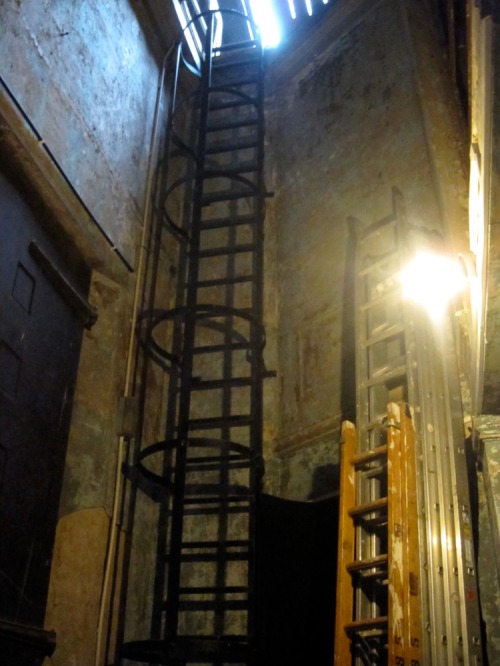In 1827 the Licensed Victuallers’ Asylum was founded, on six acres of freehold land lying just off the Old Kent Road. It consists of a group of onestoreyed houses, chapel, chaplain’s residence, board and court rooms, library, &c., set round two green lawns. The Duke of Sussex was its first patron in 1827, and he was succeeded by the Prince Consort, on whose death the Prince of Wales assumed the office. The idea of establishing an institution wherein the distressed members of the licensed victuallers’ trade, and their wives or widows, might be enabled to spend the latter part of their days in peace and quietness, was conceived by the late Mr. Joseph Proud Hodgson, in the year 1826, when he called a meeting of several influential gentlemen in the trade, and ventilated his views; and, after serious consideration, it was determined that a society should be formed under the title of the Licensed Victuallers’ Asylum.
Subscriptions were solicited, and the hearty response that was accorded to the scheme by those most deeply interested in its success enabled the committee to purchase the land above mentioned, upon which it was resolved to erect an asylum, to consist of one hundred and one separate houses, containing three rooms each, besides the requisite conveniences. In May, 1828, the foundation-stone was laid, with full Masonic honours, by the Duke of Sussex, in the presence of a distinguished company, many of whom in after years exhibited a sincere attachment to the institution. At this time it was determined by the promoters of the institution to erect the central portion of the building, to consist of forty-three houses, which were perfected, and speedily became the abode of as many deserving individuals.
The applicants for admission being numerous, it was deemed advisable to perfect the asylum as early as circumstances would permit, and consequently, in the year 1831, the south wing was erected, and in 1833 the north wing, thus completing the original design of the institution. The friends of the society, being relieved of the anxiety of erecting additional houses, in the year 1835 turned their attention to the advisability of granting weekly allowances of money to the inmates of the asylum, in order to provide them with the necessaries of life, and, as might be imagined, the proposal met with cordial approval, and allowances were then commenced, since which period they have been increased from time to time, until they have reached the sum of twelve shillings per week for married couples and eight shillings for single persons—members of the Incorporated Society of Licensed Victuallers receiving one shilling per week extra. In addition to the allowances, a weekly supply of coal is granted to each inmate, besides being supplied with medical attendance, medicine, and wine, when recommended by the medical officer. In 1842 a charter of incorporation was granted to the institution, and in the following year, on the death of the Duke of Sussex, Prince Albert became patron.
In 1849 was commenced the “ladies’ wing,” comprising twenty-three habitations, the foundationstone being laid by H.R.H. the Prince Consort: this wing was completed in the following year. Several years having elapsed since an addition was made to the asylum, this important subject was considered, and so readily approved of by those who had the management of the institution, that in the year 1858 a new wing was commenced, the asylum being again honoured by its royal patron condescending to lay the foundation-stone. These buildings were designated the Albert Wing, in compliment to his Royal Highness, and consist of thirty-four houses.
A donation of one thousand guineas having been made to the institution in 1866, by a Mr. William Smalley, it was resolved that the only remaining space on the asylum grounds available for building purposes should be utilised. This was accordingly carried out, and ten additional houses built, which were named the Smalley Wing, the foundation-stone being laid by the Duke of Edinburgh. This addition completed the asylum as a building, and it now consists of one hundred and seventy separate and distinct houses.
The beautiful little chapel is enriched with stained-glass memorial windows, and also several handsome marble tablets, in memory of donors to the institution; whilst upon the grounds in front of the building, and facing the Asylum Road, is erected a marble statue of the late Prince Consort, which was unveiled in 1864 by the Prince of Wales.
The expenses attending the institution were about £7,000 annually, which was met by the subscriptions among the members of the trade, by bequests, by the proceeds of a ball given annually at Willis’s Rooms or the Freemasons’ Tavern, and also by the proceeds of the anniversary festival.
World War Two to the present day
During the Second World War, the LVBI evacuated its tenants to Denham, in Buckinghamshire. The asylum was bombed, and the chapel was almost completely gutted by an incendiary device, with the astonishing exception of its important stained-glass windows and fascinating collection of carved stone funerary monuments.
After the war, the chapel was stabilised and made watertight by filling the crypt with concrete and adding a rudimentary asbestos-cement roof.
The board of management decided that it preferred the new site in Buckinghamshire and, in 1959, the last tenants moved to Denham, along with the statue of Prince Albert. The asylum was sold to LB Southwark in 1960, which to this day uses it as social housing. Southwark renamed it “Caroline Gardens” after Caroline Secker, a former resident and widow of James Secker, who was the marine in the Battle of Trafalgar (1805) said to have caught Nelson when he fell.
Although the cottages are still in use, the chapel was never really used again. In 1960, the local paper described how it was to become “a little theatre”. However, this did not come to pass.
Around 1977, plans were put forward for the chapel’s restoration by the Jubilee Celebrations Committee. At that point, it was being used as a costume store by LB Southwark’s “Entertainments Department”. It was felt that just £20,000 would be enough to restore “the roof, internal walls, guttering, plasterwork, bricks and windows.”
This endeavour came to nothing and, apart from evidence of a temporary wooden room having been built inside the chapel for use by artists in the 1990s, the building appears to have been disused ever since.
Nowaday this amazing place is used by artists and recentely by : Dirty Market Theatre’s with the play: Something About You (makes me want to hurt you).





















